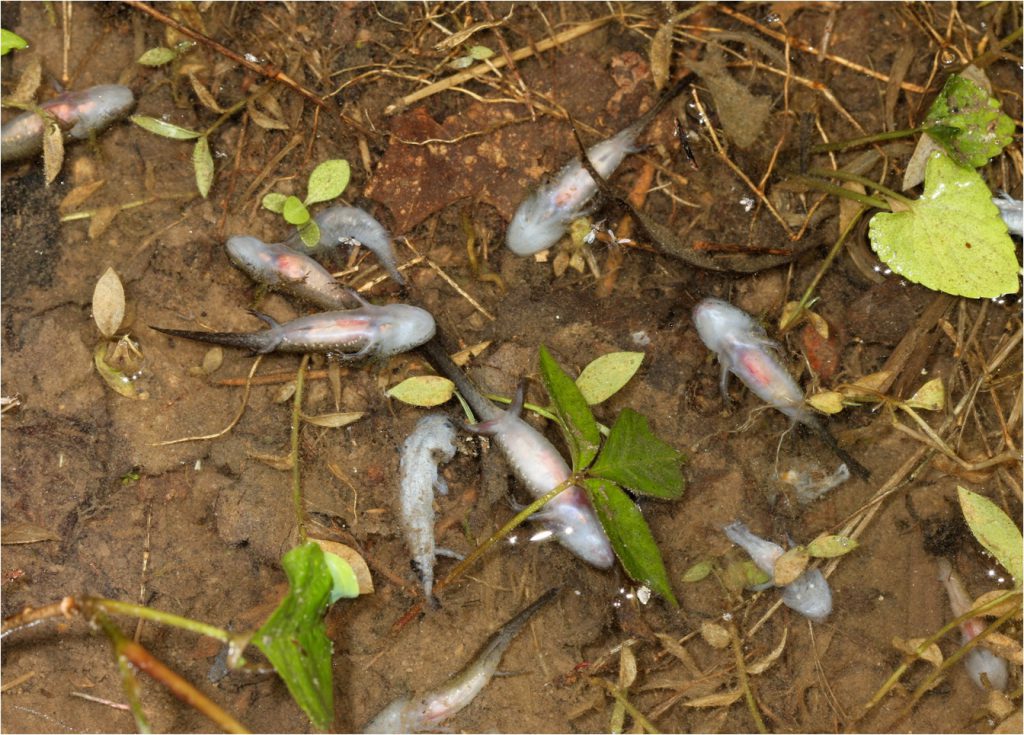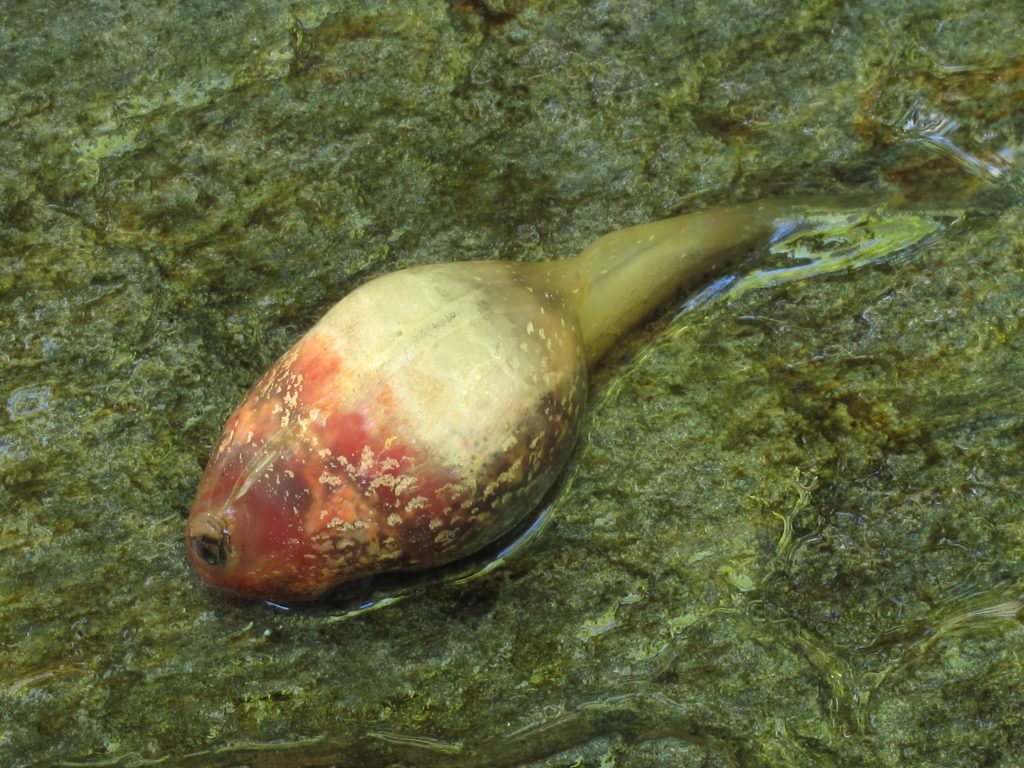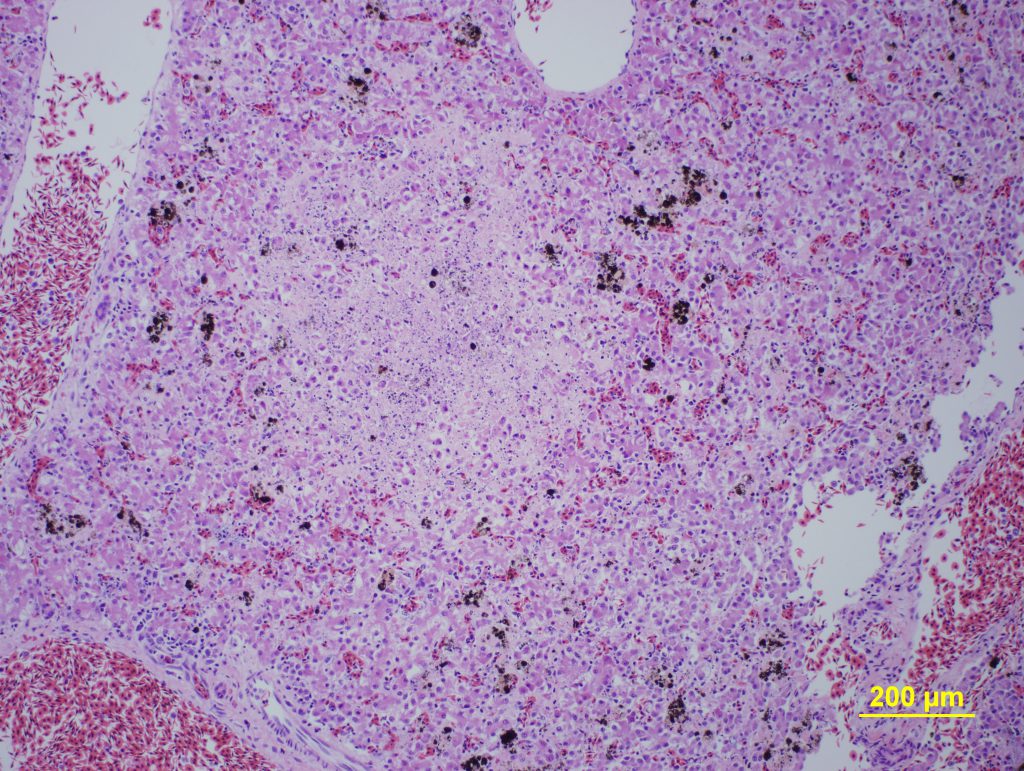Scientific Name: Ranavirus sp. and Batrachochytruim dendrobatidis
What Are They?
Ranaviruses and amphibian chytrid fungus (caused by Batrachochytruim dendrobatidis) are diseases that infect amphibians and are responsible for large-scale deaths of multiple species in the Pacific Northwest.
Are They Here Yet?
Yes. Certain ranaviruses are present across Washington, and amphibian chytrid fungus is present in some Washington amphibian populations.
Why Should I Care?
While neither of these two diseases are known to infect warm-blooded animals (including humans and other mammals), they pose a significant risk to the state’s amphibians. Amphibian chytrid fungus can infect most species of amphibians. Certain types of ranaviruses can kill upwards of 90 percent of an amphibian population. Therefore, several amphibian species of concern are threatened by both ranaviruses and amphibian chytrid fungus. Infection could lead to extinction.
How Can We Stop Them?
To stop the spread of amphibian disease, do not release cold-blooded animals like amphibians, reptiles, or fish into the wild. Thoroughly clean and dry all wet or muddy footwear before travelling elsewhere, as amphibian chytrid funguses may be transported in mud or water.
What Are Their Characteristics?
- Amphibians infected with a ranavirus may hemorrhage in small bloody spots or patches on their underbellies.
- Amphibian chytrid fungus may make an amphibians skin slough off or appear bloodshot.
- Both ranaviruses and amphibian chytrid fungus may cause lethargy or odd behaviors, such as erratic or weakened motion.
Additional Photographs


